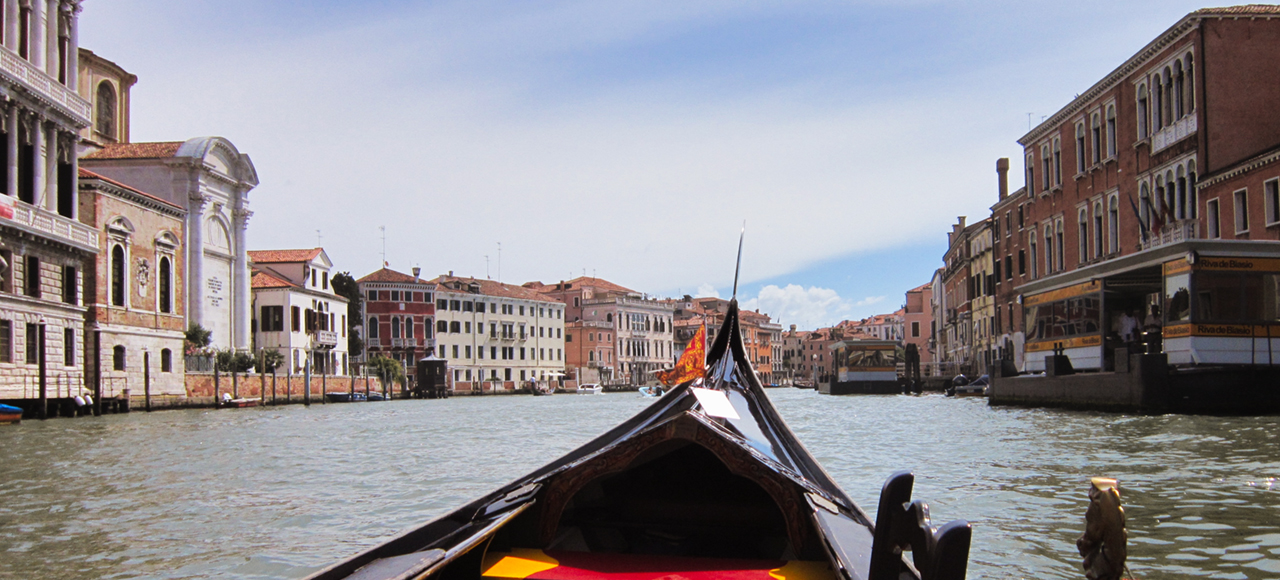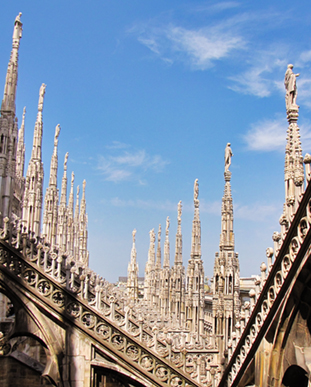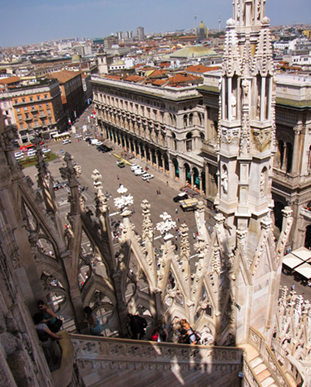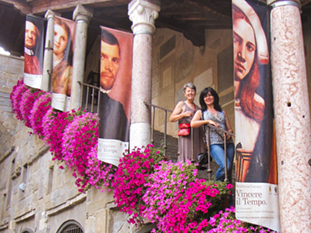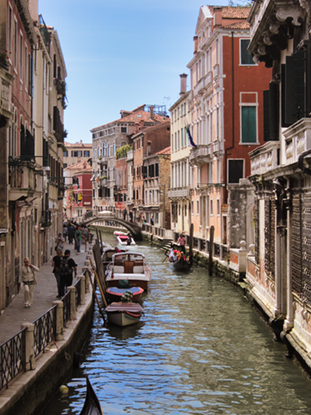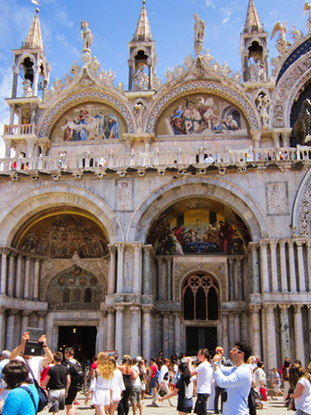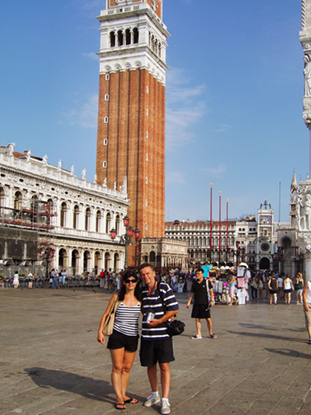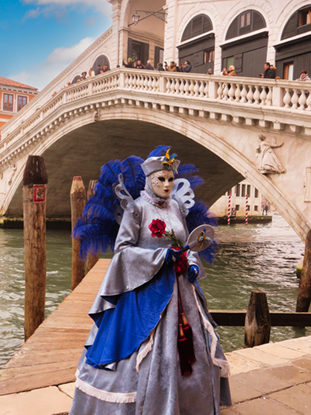
ITALY AS SEEN THROUGHT MY PICTURES
Milan - Bergamo - Venice
Milan
... a metropolis in Italy’s northern Lombardy region, is a global capital of fashion and design. Home to the national stock exchange, it’s a financial hub also known for its high-end restaurants and shops. The Gothic Duomo di Milano cathedral and the Santa Maria delle Grazie convent, housing Leonardo da Vinci’s mural “The Last Supper,” testify to centuries of art and culture.

Piazza del Duomo is Milan’s bigest square, home to the city’s largest Gothic cathedral with its 135 spires and countless statues. The rooftop terraces are known for amazing cityscapes. You can take a stairs or an inside lift for around 15 Euros.
Interestingly, you can spot quirky elements such as tennis rackets and boxing gloves among the Gothic reliefs.
Galleria Vittorio Emanuele II is testament to Milan’s title as one of the world’s fashion capitals. This wondrous, glass-ceilinged arcade connects the piazzas of the Duomo and the Teatro alla Scala opera house, and is lined with cafes and high-end boutiques, such as Gucci, Louis Vuitton and Prada.
Just to mention a few more of interesting places to visit while in Milan: Sforza Castle, Brera District, Leonardo da Vinci Museum, Teatro alla Scala...
Bergamo
... is an Italian city northeast of Milan, in the Lombardy region. Its older upper district, called Città Alta, is characterized by cobblestone streets, encircled by Venetian walls and accessible by funicular. It’s home to the Duomo di Bergamo, the city cathedral. Also here are the Romanesque Basilica di Santa Maria Maggiore and the grand Cappella Colleoni, a chapel with 18th-century frescoes by Tiepolo.
Not many people would consider this small city as an touristic attraction, but it is acclaimed as a city of rare beauty. Its famous wealth of artistic treasures and calming medivial atmosphere is well worth of visiting. Unless you would like to walk steep stairs, this funicular is the starting point.

Venice
... the capital of northern Italy’s Veneto region, is built on more than 100 small islands in a lagoon in the Adriatic Sea. It has no roads, just canals „ including the Grand Canal thoroughfare ̶ lined with Renaissance and Gothic palaces. The central square, Piazza San Marco, contains St. Mark’s Basilica, which is tiled with Byzantine mosaics, and the Campanile bell tower offering views of the city’s red roofs.
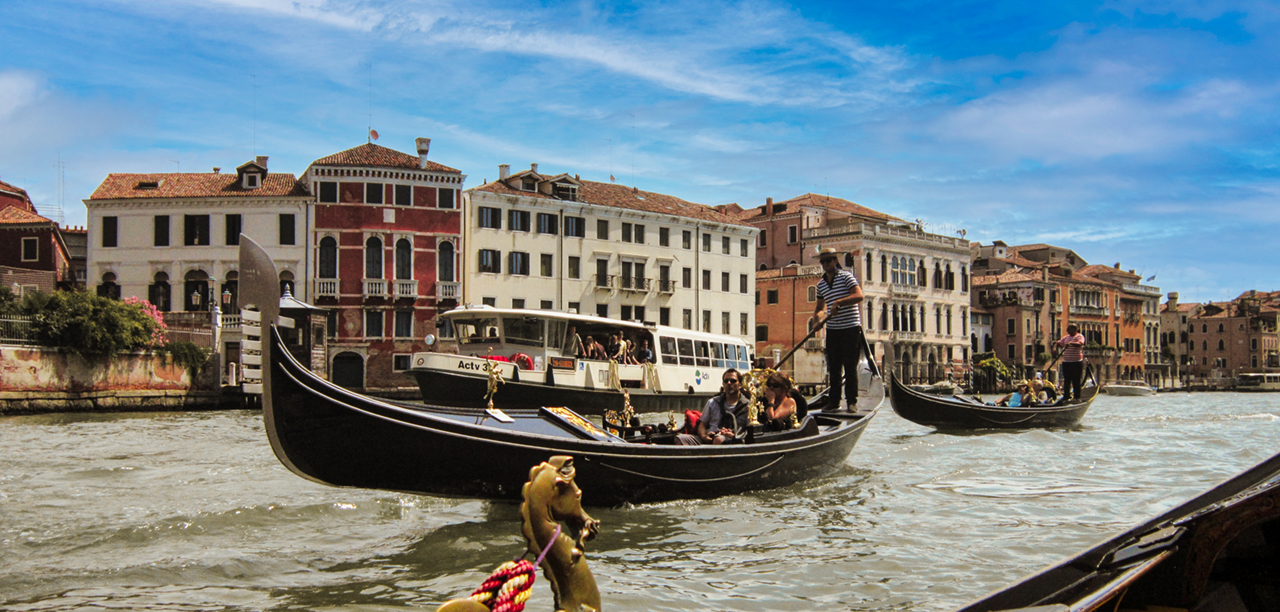
It is fair to say that Venice is over 1200 years old. Furthermore, for 1100 years, Venice has been a free and independent Republic, making the Venetian Republic the longest lasting form of government in the world.
Venice is small. The whole surface measures around 8 square kilometars or around 3 square miles. Venetians built their floating city on 118 little islands, close to each other in the shallow Venetian Lagoon.
That process wasn’t as easy as described in many literature. Venetian settlers needed to drain areas of the lagoon, dig canals and shore up the banks to make a foundation to build on. Long pointed poles of wood, oak, larch or pine were hammered straight down into the seafloor. On top of that they put layers of stone that made up the foundation of this man made, not nature, the most facinatining city in the world.
The most characteristic aspects of Venice are the beautiful canals that run through every corner of the city as if streets. The largest and most important of all is the Grand Canal that runs through Venice dividing it into two, measuring four kilometres in length.
Ponte di Rialto
Built in the closing years of the 16th century, the Rialto Bridge is the oldest bridge across the canal and is renowned as an architectural and engineering achievement of the Renaissance.
Connecting the sestieri of San Marco and San Polo, it has been rebuilt several times since its first construction as a pontoon bridge in 1173, and is now a significant tourist attraction in the city.

“Serenissima” is one of the nicknames that was and is used to indicate the ancient “Republic of Venice,” which was known as “Serenissima Repubblica di Venezia.”. In Italian, Serenissima means “the most serene.”.
San Marco
San Marco is the tourist heart of Venice, home to iconic sights like St. Mark’s Basilica, the Doge’s Palace and the Bridge of Sighs. The area is often thronged with people, and the restaurants on and around St. Mark’s Square offer multilingual menus for the international crowd. The surrounding streets are filled with casual snack bars, upscale fashion boutiques and shops selling glass art and gift items.

It was established during the ninth century, but adopted its current size and form in 1177, and was paved one hundred years later. The Piazza San Marco is one of the most beautiful in the world. Napoleon called it “the world’s most beautiful drawing room”.
The rules of Piazza San Marco: It is forbidden to eat and drink in the Piazza San Marco. You are not allowed to throw rubbish or give the pigeons food.
Venice Carnival
The Carnival of Venice is an annual festival held in Venice, Italy. The carnival ends on Shrove Tuesday, which is the day before the start of Lent on Ash Wednesday. The festival is world-famous for its elaborate masks.
The magic of carnival gives to Venice an enchanted atmosphere. Masked people fill the streets with smiles and laughter, and several events are organized all around the city.

Gondolas, canals, bridges, churches and narrow alleys are all around Venice. This page includes only a few of the many spectacular landmarks and elements that many people know about Venice.
Althouh small, Venice’s power was so incredible that the city even managed to outgun Empires thanks to its incredible wealth, brilliant strategies, and unrivaled organization.
Interestingly enough, the first pair of sunglasses were designed and produced in Murano for wealthy Venetian families, and recent tests have proven they were even effective in protecting from UV rays!
When we say Venice, we think about a special city with its incredible history, its unique culture, its centuries-old traditions and its marvelous architecture. The overwhelming majority of the Venetian economy is based on tourism so please, add Venice on your list of places to be visited and enjoy every moment Venice is giving to you.

Next page: Florence & Rome



